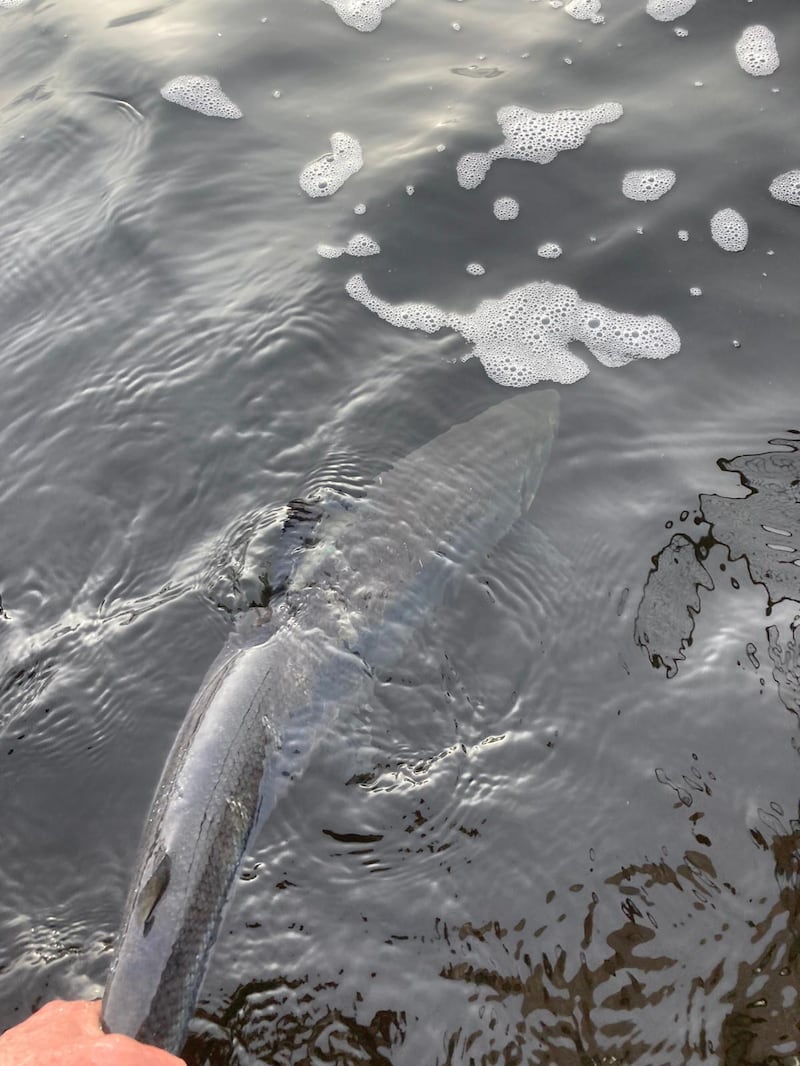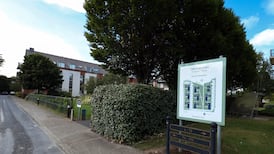This was my second trip to Norway. On my first visit, the Tromsø region to the north conjures up memories of huge cod from the deep fjords. So I went back in 2010 to sample the delights of its grand scenery, mighty rivers and Atlantic salmon.
We are on a three-day tour of the Trondheim region to assess the angling potential of the Namsen, Gaula and Stjørdal rivers.
On the Grong route, we travel 210km north to Hotel Vertshuset, our accommodation for two nights. Situated on the banks of the Upper Namsen river, this three-star hotel is a splendid example of Norwegian culture and boasts a high standard of local food produce.
We meet charismatic owner Jon Moe with rights to 15km of both banks on the Upper Namsen. "I am biggest owner of river with six beats in June and five for rest of season," he says. With ownership of hotel, lodge, farm and guesthouse, Moe can accommodate 16 anglers on any day.
After a hearty breakfast, angling guides Stan Mellingen and Roar Hermanastad take us the short journey to Fiskumfoss Falls, hailed as one of the best pools in Norway. Low water levels allow the opportunity to observe teams of very large fish, some resident and coloured others fresh, waiting to ascend the spectacular 300ft stepped fish pass.
I take time to check my set-up: 14ft double-handed rod with No 8 sinking tip, 15ft fluoro-carbon leader and size-10 Munroe Killer variant. Guy, our tour operator and non-angler, on his first attempt at spinning, lands a splendid salmon of 4.5kg while harling close to the Falls. Our efforts on the fly unfortunately “fall on deaf ears”.
The afternoon session at the Railway Pool is more productive. Here, I land two fresh salmon of on the Munroe. “Always have yellow in your fly pattern when fishing in Norway,” proves sound advice.
After dinner, angling guide Kurt Are Lona calls to say hello. “Have you been fishing?” we ask. “Yes, I have just caught a 12.5kg salmon at the Falls,’ he replies with a broad smile.
Back on the road again, this time to Valdøyan Lodge on the Gaula River, about 60km south of Trondheim Airport. The Gaula is regarded by many as the best river for salmon in Europe and the longest in Norway at 58km.
The afternoon session is memorable as we cover the Valdum Beat and enjoy lunch in the fishing lodge overlooking this spectacular river. I manage to catch and release a third salmon of about 3kg.
The quality of the river is reflected in the fact that the local club of 37 anglers caught their 10 bag limit in the first month of the season. So, effectively, their fishing was over in June!
A 30km dash brings us to Hembre Gård, just in time for dinner. Situated close to the Stjørdal river, Hembre is an old Norwegian-style farmhouse recently converted to include a motel with 10 self-contained apartments.
"Tomorrow you will fish the 2km beat considered one of the best on the Stjørdal," says Inger, our host. Over dinner, we meet Brian from Farlows in Pall Mall. "Try these Willie Gunn patterns tomorrow," he says.
The Stjørdal is a fascinating river with fast swift parts and quiet pools. However, our three sessions and special patterns fail to impress the salmon, save for three sea trout.
We meet Harald Øyen from Norwegian Tourist Board (Innovation Norway) for an overview of the salmon sector.
“As a farmer along the fjords you have the right to fish for salmon inside your land. This is a very important principal. The problem is when the Government start to change these rules,” he explains.
What about sea lice?
The commercial fishing season in Norway runs from June 1st to August 4th. However, as the number of Atlantic salmon continues to dwindle, the breeding stock in some rivers is below sustainable levels.
“The Government has stipulated netting could not start until July 10th [in some areas June 20th], to allow the mixed stock to come into the fjords. As a result, we have seen huge numbers of big salmon in our rivers,” adds Øyen.
“To balance the netting ban, a bag limit of one salmon per day and 10 per season for anglers was introduced. While this restriction is acceptable to the tourist it does pose a problem for local anglers. However, they are adapting and now see a 25 per cent catch and release in Norway. More than 600,000 salmon, many over 18kg, are estimated to swim the Norwegian coast, fjords and rivers every season.”
When asked to comment on the Salsea project established to solve the mystery of salmon disappearing at sea, he replies: “Sea lice might be the reason for the high mortality of salmon at sea.”
As we say our farewells to Trondheim, my thoughts centre on a region where the salmon is “king” and forms a major source of revenue both on the domestic front and tourist industry. Undoubtedly, the main run of big fish is June and July. Our visit coincided with the last three days of the season to August 31st.
The first of the season

Lough Currane in Waterville, Co Kerry, recorded its first salmon of the season last Thursday with a fresh Atlantic salmon caught and released by gillie Dominic McGillicuddy at the mouth of the Comeragh River. The fish of about 9lb fell to a home-made fly.
- If you have an angling story on coarse, sea or game fishing (with photographs), please send to me for publication at email address below.











